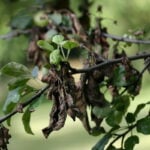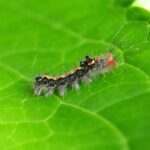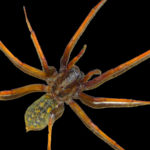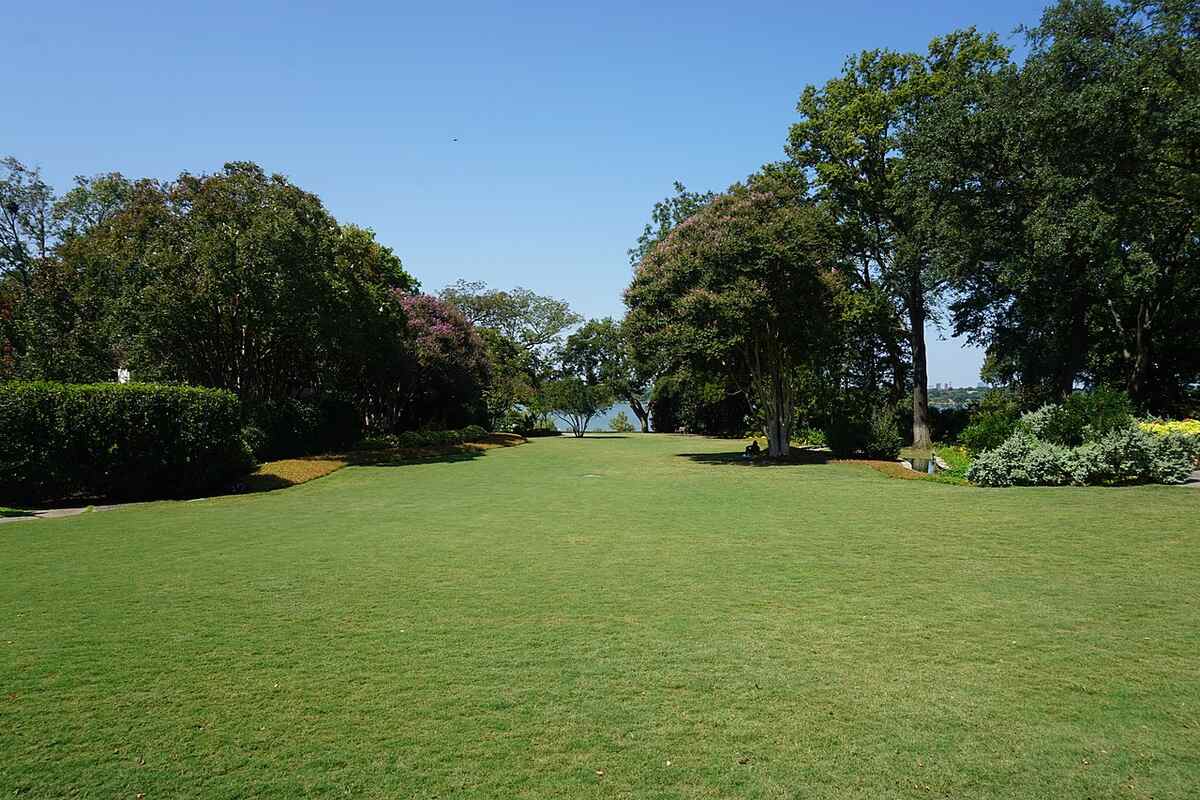
Fall is a great time to take care of your Texas lawn to help prepare it for the upcoming winter. But what does your lawn need in the fall? This ultimate guide to fall lawn care in Dallas, TX, covers it all. You’ll learn how to maintain an attractive lawn in Dallas and prepare it for winter.
1. Lawn Aeration for Cool-Season Grasses
Fall is a great time to aerate your lawn if you have a cool-season grass type, such as tall fescue or Texas bluegrass. However, warm-season grasses, such as Bermuda and Zoysia, are by far the more common grass types in the Dallas area, and they should not be aerated in fall, so make sure you know your grass type before adding this lawn chore to your list.
What is the point of aeration? Aerating the lawn pokes holes in compacted soil so the grass can breathe and flourish by allowing oxygen, water, and nutrients to reach the root zone. Many homeowners who aerate their lawns in the fall report that their grass is greener and healthier in spring.
You should only aerate grass during its active growth season, which is different for different grass types:
- Cool-season grasses grow actively in the cooler months of early spring and fall, and fall is the best time to aerate them to strengthen the roots in preparation for winter.
- Warm-season grasses grow most actively in late spring and summer, so that is when they should be aerated. Aerating a warm-season lawn in fall, when the grass is dormant, can stress and damage it.
2. Clean Up
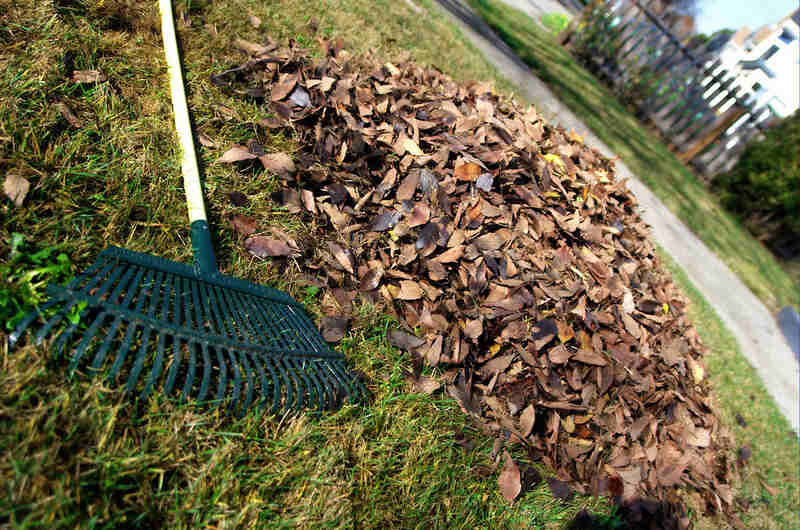
In the fall season, the leaves change their color and start to fall. This results in a lot of mess in your lawn, which is not only unpleasant to the eyes but also affects the health of your lawn. To get rid of these fallen leaves and other debris, including branches, grass clippings, and twigs, you can choose between the following methods:
- Rake the leaves to have a clean, healthy lawn. You can also use a leaf blower to make the leaf removal easier.
- Mulch the leaves with a mulching lawn mower. Mulching mowers shred the leaves and grass clippings into smaller pieces and return them to your lawn as natural mulch. This will not only clean your lawn but will also nourish it by adding nutrients and organic matter to the soil.
3. Fertilizing
Fertilizing your lawn in the fall season is highly recommended. It is best to wait until early fall, right after summer, to apply fall fertilizer. At this stage, the grass roots are better able to absorb the feed’s nutrients. However, the best time to fertilize in fall varies between cool-season and warm-season grasses in Dallas.
Cool-season grasses – less common in the Dallas area – grow actively in fall, and they require proper nutrients to support that growth. So the best time to fertilize your cool-season lawn is early spring, early fall, or late fall, at least six weeks before the first frost.
Warm-season grasses – most common in Texas – benefit most from fertilization during early spring and early summer. But if you want to fertilize your warm-season lawn again in the fall, do it at least 6-8 weeks before the first expected frost (around September).
4. Watering
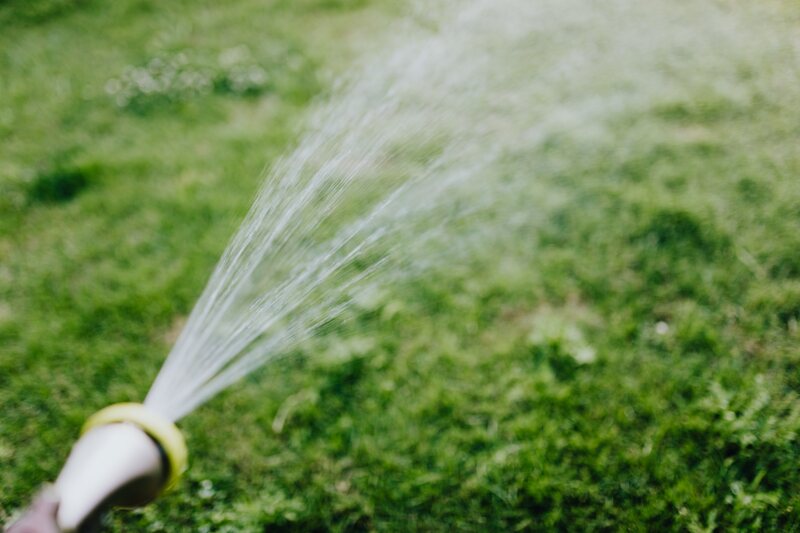
During the fall season, watering turfgrass lawns is a little different than watering in summer. Your grass will probably need less water without the blazing heat of a Texas summer sun. To avoid overwatering, which can attract pests and diseases, only water the lawn when it shows signs of dehydration, such as:
- Grass blades curling in on themselves
- Fading color
- Grass doesn’t spring right back up after you walk on it, leaving footprints
Don’t worry, your grass will bounce right back from these symptoms with a deep watering session. To prevent most of the water from evaporating before it reaches the soil, water in the morning before 10 a.m.
5. Mowing
Lawn mowing is still necessary in the fall, especially if you have one of the rare cool-season lawns in Dallas. Exactly when and how to mow your lawn in the fall depends on the specific type of grass you have.
Warm-Season Grasses
Warm-season grasses grow actively in summer and begin to slow their growth in fall before going dormant in winter when soil temperatures reach around 50 degrees Fahrenheit. So, you’ll need to mow warm-season lawns a lot less frequently in fall. You should also set your mowing height higher than usual, as long grass develops strong roots that can survive winter.
For Cool-Season Grasses
The only cool-season grasses that usually occur in the Dallas area are tall fescue and Texas bluegrass. They grow actively fall, so you should mow them 1-2 times per week until the first frost when they will go dormant for winter. You can mow less and less frequently as the growth slows down in late fall.
Pro Lawn Mowing Tips for Any Season:
- Ensure your mower blades are sharpened, even if you’ll cut the grass less frequently. If your mower’s blades are dull, they may tear rather than cut the grass, leaving your lawn vulnerable to diseases and pests.
- Mulching grass clippings during mowing instead of bagging them returns nitrogen to the soil, which benefits your lawn.
- Follow the ⅓ rule: Never cut off more than ⅓ of the grass’s height at one time.
6. Soil Testing/Rejuvenation
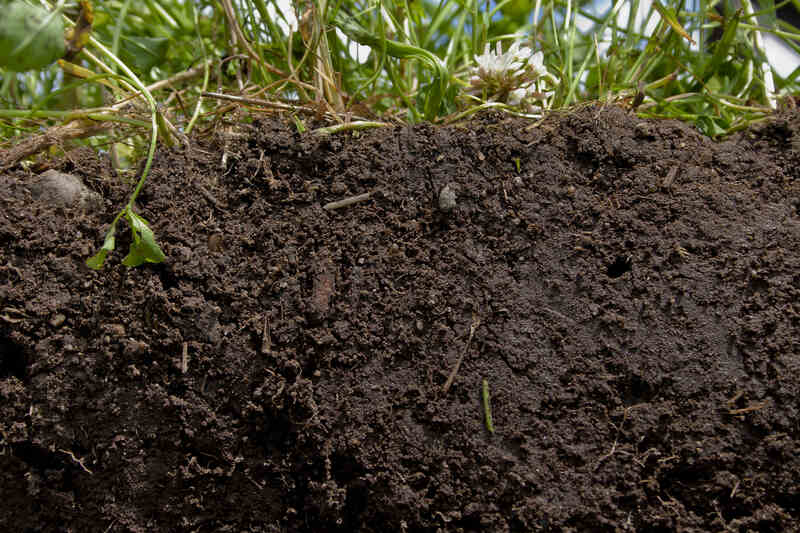
You may determine which nutrients your lawn is missing by conducting a soil test in fall. It’s really simple. Just purchase a DIY soil testing kit at a local garden store or send a soil sample to TAMU’s Agrilife Extension soil testing lab for a more detailed analysis. The results of your soil test will let you know what amendments you should add to your soil to optimize lawn health.
You can also use a DIY ribbon test to figure out the texture and type of your soil. Learn how to find the perfect amendments for your soil’s specific needs in our guide to soil amendments.
7. Weed Control
Weeds are a year-round issue in Dallas, so consistent weed control is essential to proper fall lawn care. You should incorporate multiple approaches for weed control in fall, including pre-emergent herbicides to prevent winter annual weeds and post-emergent herbicides to get rid of any weeds that have already sprouted in fall.
Instead of synthetic herbicides, you can also make natural weed killer at home. See, for example, our recipe for vinegar weed killer.
8. Overseeding

Overseeding helps improve the density and health of your fall lawn in Texas. It can even keep your lawn green through late fall and winter. But just to be clear, there are two types of overseeding you can do in fall:
- For warm-season lawns, you can add annual cool-season grass seeds, most often fescue, to add some green for fall and winter. The fescue will die out in spring when your regular warm-season grass bounces back to life.
- For cool-season lawns, you can overseed your lawn normally, with the same type of grass you usually have in your lawn, in early fall, at least 45 days before the first expected frost.
Note: Do NOT plant warm-season grass seed in fall, as it will not grow. Warm-season grass should be planted in late spring or early summer.
FAQ
Application of a low-nitrogen fertilizer once in the spring and once in the fall, no later than six weeks before the anticipated first frost, is advised for Texas lawns. September is usually the ideal time for your fall application.
Instead of applying all the fertilizer at once, doing it in two separate, smaller applications is better for the health of your grass and soil.
Before it goes dormant in late fall, you should mow cool-season grass approximately every 5-10 days in fall. However, you should mow warm-season grasses only once a month or simply as needed in fall because their growth slows down at this time of year.
Choose local, adaptable, hardy trees, such as live oaks, red cedar, cedar elm, etc.
Final Thoughts
A lush, green lawn may be maintained all year round with regular and thorough upkeep. The best chance of maintaining a beautiful lawn in fall in Dallas is to get a head start on lawn care now. You can do it yourself or hire a professional lawn care service in Dallas to help you maintain a healthy lawn this fall.
Main Image Credit: Michael Barera / Wikimedia Commons / CC BY-SA 4.0


